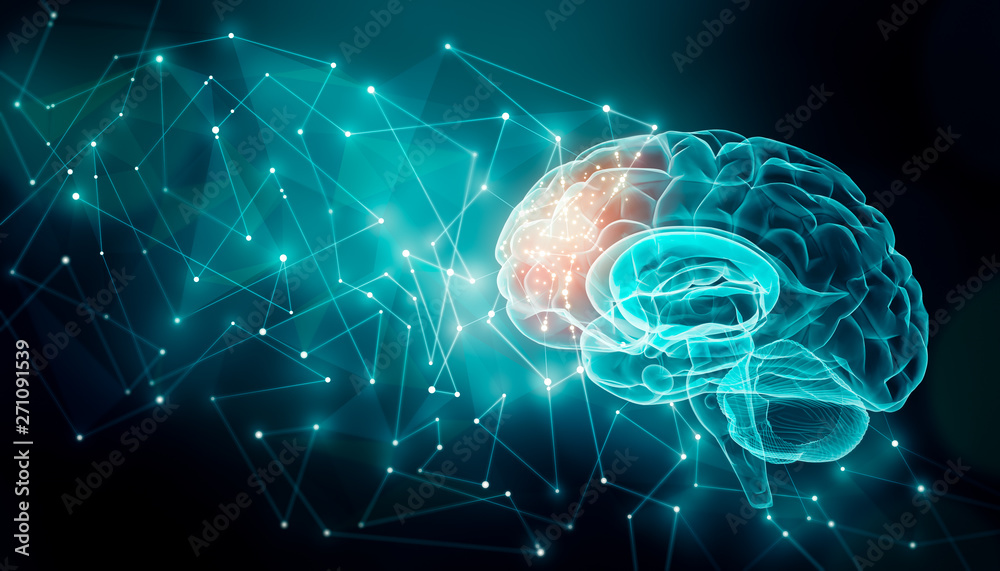Quantum Field Theory Boosts Brain Model
To process information efficiently, the brain is believed to operate on a knife-edge between two dynamical phases. At this critical point, networks of neurons are stable enough to store information reliably, but sensitive enough to quickly send signals to other, distant parts of the brain (see Viewpoint: The Brain—as Critical as Possible). Now, using methods adopted from quantum field theory, Moritz Helias, at Jülich Research Centre in Germany, and his colleagues have confirmed the existence of these critical points in a classic model of brain dynamics [1].
The team considered the Wilson-Cowan model, in which a collection of neurons is excited by external stimuli or by interactions with their neighbors. In previous studies of this model, researchers have used a simplified mean-field approximation that doesn’t explain the full range of complex phenomena observed in our brain. Helias and his team went beyond this approximation by applying a technique called renormalization, which is commonly used in quantum field theory to deal with singularities—quantities that take on infinite values. The team’s model also involved a divergence in the strength of the interactions between neurons. But the researchers found that after renormalization, near and distant neurons alike could effectively communicate with one another, while still retaining the ability to store memories. This coordination at both small and large distance scales is a hallmark of criticality.
Although there is strong evidence for critical dynamics in the brain, nobody has yet fully explained why our brain operates this way. This new result is a step in that direction. The team next plans to include some randomness in how the neurons are wired together, as is the case in our brain.
–Katie McCormick
Katie McCormick is a freelance science writer based in Sacramento, California.
References
- L. Tiberi et al., “Gell-Mann–Low criticality in neural networks,” Phys. Rev. Lett. 128, 168301 (2022).




